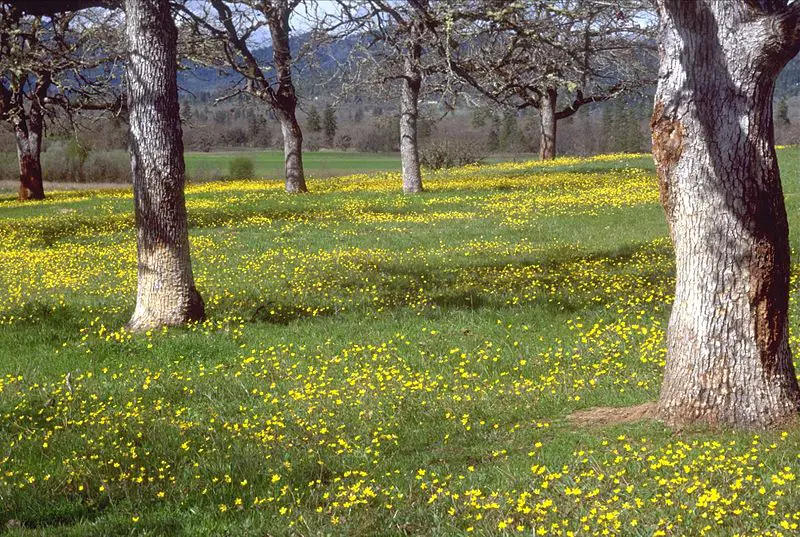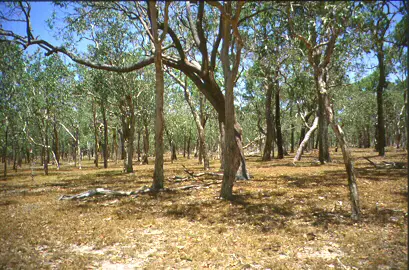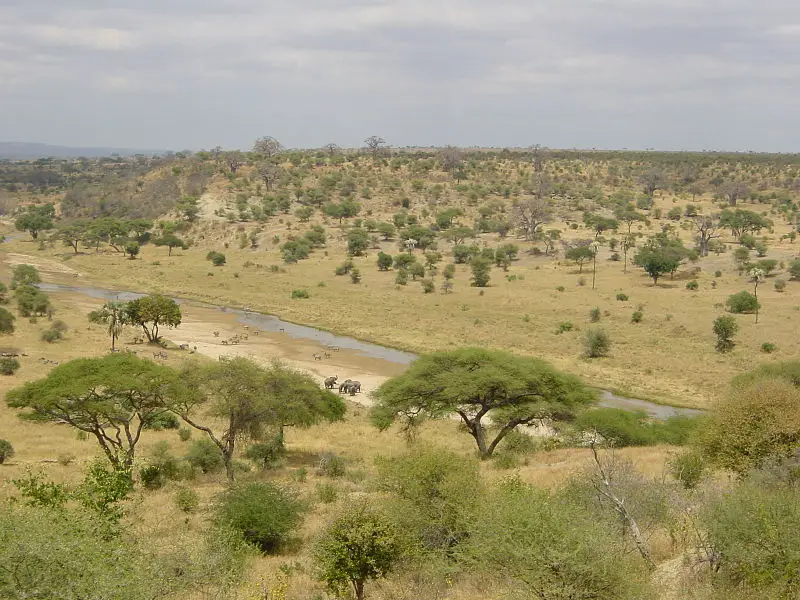Savannas are areas covered with grasses, shrubs, and few trees. They can be found in Africa, Australia, South America, and India.
Savannas are also called tropical grasslands. They typically have less grass than temperate grasslands.

Unlike temperate grasslands, savannas are only found in tropical areas near the equator. It is usually warm throughout the year in savannas. The temperature is usually between 80 and 100 degrees Fahrenheit, even in winter.
There are four types of savanna: woodland, park, shrub, and grass.
The Seasons
Savannas are defined by their wet and dry seasons. The wet season happens during the summer months, and the dry season is during the winter months. The wet season lasts 6-8 months and the dry season 4-6 months.
During the dry season, savannas get very little rain – about 4 inches. There may be not rain for several months in a row. Even though there may not be much rain, lightning can strike the ground during the dry season. Lightning strikes can start fires among the grasses of savannas.

The wet season is also called the monsoon season. During this time savannas get a lot of rain very quickly. Between 20 and 50 inches of rain falls during the wet season.
Plants
Savannas are made up of grasses, shrubs, and occasional trees. The grass is usually thick and coarse, growing in patches surrounded by bare ground. These grasses grow between 3 and 6 feet tall.
Trees tend to grow individually or in small groves. Most are found near streams and ponds.
To survive the harsh dry season, many plants have deep root systems that allow them to find underground water sources. Some trees grow organs that allow them to store water during the dry season.
Animals
The animals found in the savanna adapt to the harsh environment through migration. Zebras, for example, migrate from water source to water source.
Herbivores are found throughout the savanna, as they enjoy grazing on the grasses available.

The large number of herbivores also means that there are quite a few predators in the savanna. In addition to predators, there are scavengers that love to pick at a predator’s leftovers.
A surprising organism that is found throughout savannas is termites. Their homes stand several feet high and provides shade for other animals. Termites help with soil health and are a food source for other animals like aardvarks and anteaters.
Examples of animals found in the savanna are: elephants, lions, zebras, capybaras, and gazelles.
Interesting Facts:
- Savanna covers half of Africa
- Savannas in Africa are home to over 40 ungulates (hoofed mammals)
- There are over 1,000 species of termites found the savannas of Africa